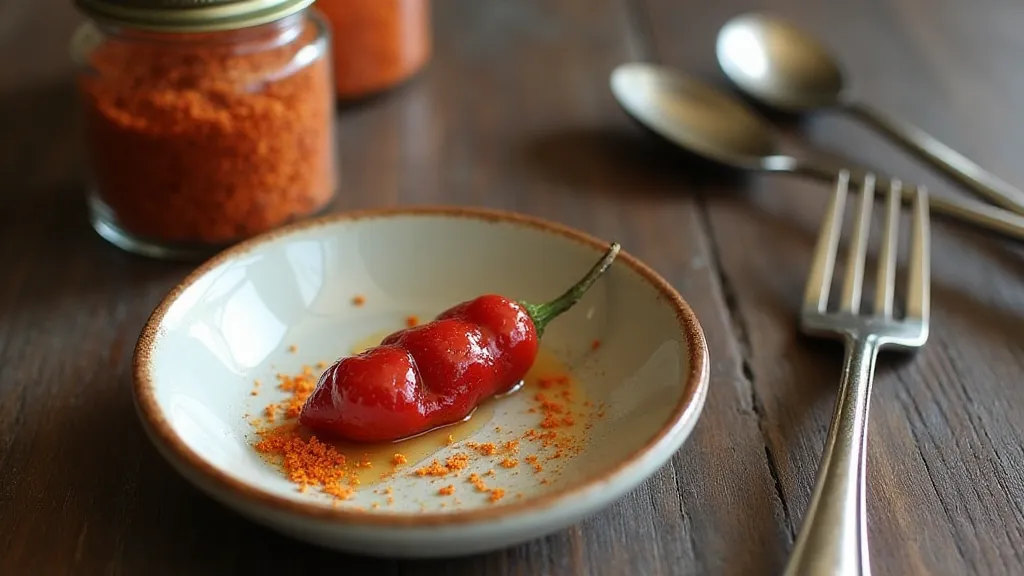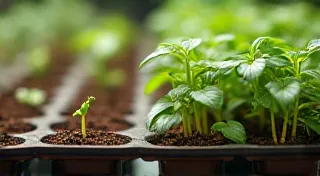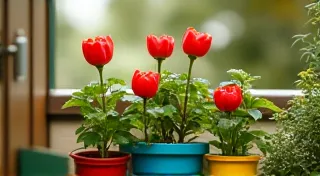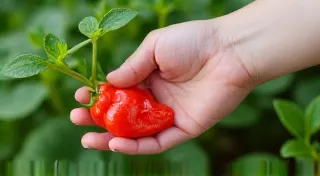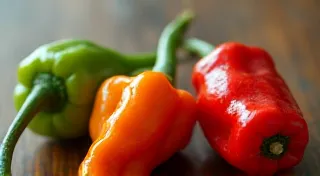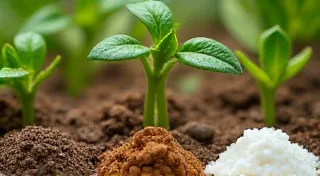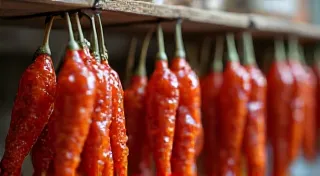Ghost Peppers 101: Growing the World's Hottest Pepper
Dare to grow the legendary Ghost Pepper? This article provides detailed instructions on cultivating this extreme variety.
Introduction to the Ghost Pepper (Bhut Jolokia)
The Ghost Pepper, scientifically known as Capsicum annuum var. bhut jolokia, holds a legendary reputation. Originally from Northeast India, it once held the Guinness World Record for the hottest chili pepper in the world. While other peppers have since surpassed it, the Ghost Pepper still packs an intense heat that demands respect and careful handling. Growing these fiery fruits can be a rewarding, but challenging, experience for even seasoned gardeners.
Understanding the Heat: The Scoville Scale
The heat of a chili pepper is measured using the Scoville Scale. Ghost Peppers typically register between 855,000 to over 1 million Scoville Heat Units (SHU). For comparison, a jalapeno pepper usually scores around 2,500–8,000 SHU. This incredible heat comes from capsaicinoids, primarily capsaicin, within the pepper’s flesh. Always wear gloves when handling Ghost Peppers to avoid skin irritation!
Getting Started: Seeds vs. Seedlings
You can start Ghost Peppers from seeds or purchase seedlings from a reputable nursery. Seeds require a longer growing period and warmer temperatures for germination. Seedlings offer a head start, but ensure they are from a reliable source.
Starting from Seed (Recommended for Best Results)
- Timing: Start seeds indoors 8-10 weeks before the last expected frost.
- Medium: Use a seed-starting mix, which is light and airy.
- Temperature: Maintain a soil temperature of 75-85°F (24-29°C) for germination. A heat mat can be very helpful.
- Light: Once seedlings emerge, provide bright light.
Growing Conditions: Sunshine, Soil, and Water
Ghost Peppers need plenty of sunshine – at least 6-8 hours per day. They thrive in well-draining, fertile soil with a pH of 6.0 to 6.8. Consistent watering is essential, especially during fruiting, but avoid overwatering to prevent root rot. Fertilize regularly with a balanced fertilizer, adjusting for their vigorous growth. A good rule of thumb is to fertilize every 2-3 weeks.
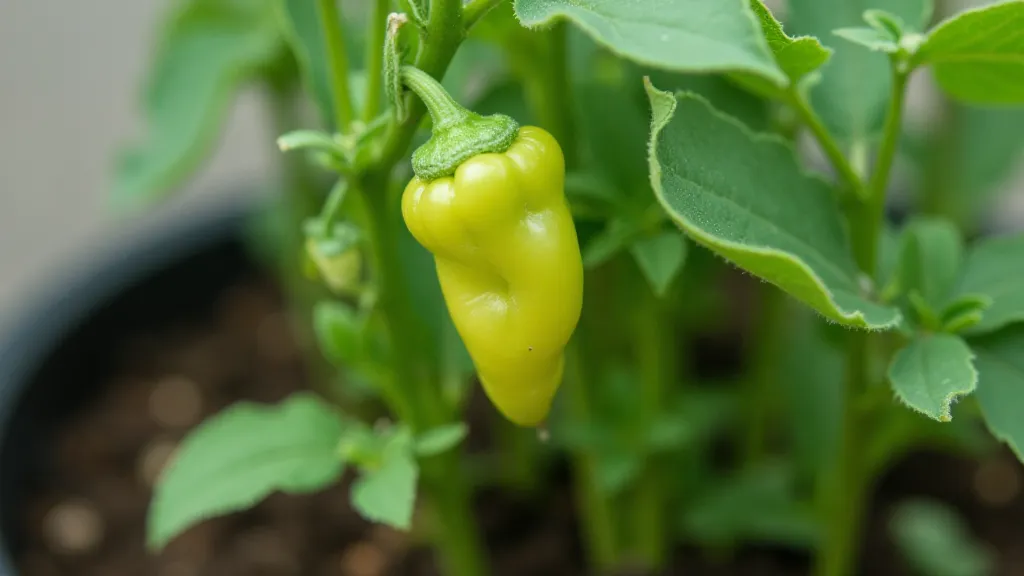
Transplanting to the Garden
Once the risk of frost has passed and the soil has warmed, carefully transplant your Ghost Pepper seedlings into the garden. Space plants 18-24 inches apart to allow for adequate airflow and growth. Prepare the soil with compost or well-rotted manure.
Support and Pruning
Ghost Pepper plants can grow quite tall and produce heavy fruits, making them prone to toppling over. Providing support, such as stakes or cages, is highly recommended. Pruning can also help improve airflow and encourage fruit production. Remove any suckers (small shoots growing from the base of the plant) to direct energy towards fruit development.
Pest and Disease Management
Like all plants, Ghost Peppers are susceptible to pests and diseases. Common pests include aphids, whiteflies, and spider mites. Inspect your plants regularly and address any infestations promptly. Diseases such as blossom end rot and fungal infections can be prevented with proper watering, air circulation, and preventative fungicide applications.

Harvesting and Handling
Ghost Peppers typically take 90-120 days to reach maturity. They start out green and transition to a vibrant red color when ripe. Harvest peppers when they are fully red and firm. Always wear gloves when handling to prevent skin irritation and eye contact. The capsaicin oil can be persistent and difficult to remove.
Safety Precautions
- Wear gloves when handling Ghost Peppers.
- Avoid touching your eyes or face after handling peppers.
- Keep peppers away from children and pets.
- When cooking, use sparingly due to their intense heat.
Enjoying Your Harvest
Ghost Peppers are incredibly versatile, but their intense heat demands careful use. They can be dried, smoked, pickled, or incorporated into sauces and other culinary creations. Use them sparingly and responsibly.
